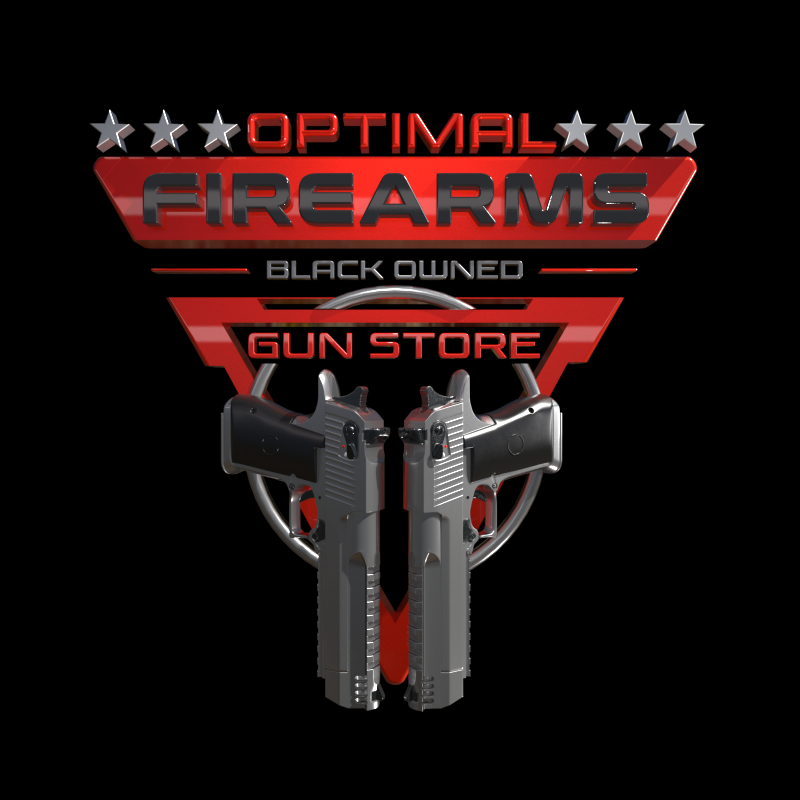Laws about traveling in possession of a firearm vary between different airlines, countries, and states. Therefore, you need to check both the check-in and check-out protocols. The process is not hard by any means if you know what you are doing.
When it comes to the United States, you are allowed to travel with one or more firearms along with ammunition if you are 18 years or older and are carrying the weapons in your checked bags. The allowed weaponry includes BB and pellet guns. However, you are strictly required to check your firearms with a check-in agent and actively declare that you are carrying ammunition and firearms.
What is more is that the gun you wish to travel with must be inside a hard-sided container that is locked, making the firearm completely inaccessible. Furthermore, the TSA regulations clearly state that the locks on your gun case must not be TSA-opening locks. They should not have the TSA logo on them, and the TSA should not be able to open them. TSA requires that you and you only have the key for the lock. You can easily get a hard-sided locked case from almost any gun store. There is no restriction by TSA on the size of the case or the number of firearms you can travel with. However, overweight or oversize charges may apply.
All the firearms you wish to travel with must be unloaded, and in the case of rifle cases, each of their ends needs to have locks. When it comes to ammunition, it must be in packaging that is made of metal, wood, or fiber and specifically designed for the purpose of carrying ammunition. The ammunition manufacturer's original packaging works well for this purpose. Remember, loose ammunition or that in clips or magazines is not permitted to be carried while traveling and the maximum weight of ammunition allowed per customer is 11 pounds of 5 kgs.
There are some TSA guidelines regarding the hard-sided locked case as well. The container should be able to securely pack the firearms, preventing them from moving around inside the case. The only way you are allowed, only by some carriers, Southwest Airlines included, to carry magazines loaded with ammunition is also if they are kept where the primer cannot be struck. Some carriers make you showcase compliance with some or all of the above policies, while others will only ask you to verify it. You can carry holsters, knives, and other stuff in the case along with your firearms and ammunition.
The Check-In Protocol
Once you make sure you have packed right, adhering to TSA policies for carrying a firearm while traveling, the rest is pretty simple. All you need to do is walk up to the check-in counter and roll up with the bag carrying the hard-sided case with your firearms and ammunition and tell the agent that you have a firearm or multiple firearms to check. They will have you fill out a form and stick it either outside or inside of the box (varies from carrier to carrier).
The agent will then have you walk over to the TSA, where your baggage will be inspected either manually (they require you to be there to watch) or through an automated process, depending on the airport you are at. If the TSA finds that your bag is packed correctly, i.e., the firearm or firearms are unloaded, ammunition is secured and does not exceed the 11-pound limit, and everything is according to guidelines, then you should be good to go.
Law Enforcement Officers Travelling Armed
When it comes to LEOs (Law Enforcement Officers) traveling armed, they must check in with an agent of the airlines they are flying with. The submission of an NLETS (National Law Enforcement Telecommunications System) message is also mandatory for territorial, local, and state LEOs. Once TSA receives the message, they send a return NLETS message to the employer agency of the LEO with a unique, eight-digit alphanumeric identifier to be used at the airport during check-in for verification.
All LEOs need to meet certain requirements unless TSA authorizes otherwise. These requirements include commissioning of the officer for enforcement of immigration or criminal statutes, authorization for carriage of a weapon by the employer agency in connections with the assigned duties of the officer, and completion of the "Law Enforcement Officers Flying Armed" training program.
There are several other requirements as well pertaining to the accessibility of the firearm. No LEO that is armed is allowed to consume a beverage containing alcohol while they are aboard an aircraft or board an aircraft if they have consumed the same in the previous 8 hours. The firearm needs to be kept out of view and concealed. If the officer is in uniform, they can keep it on their person. Otherwise, they need to keep it in a place where they can reach it immediately upon need. No one is permitted to place a firearm or ammunition in an overhead storage bin of an aircraft at any point in time.
All that traveling with firearms and ammunition without facing any hiccups requires from you is to perform due diligence at your end to ensure that you comply with all TSA and local laws and policies. You need to adhere to the laws of not only the state of your departure but your destination as well so that you do not face any issues when you go to pick up your firearms. Visit a good gun store, get a hard-sided locked case, big enough to carry all the weaponry you need to fly with, pack properly, and you will be fine.
